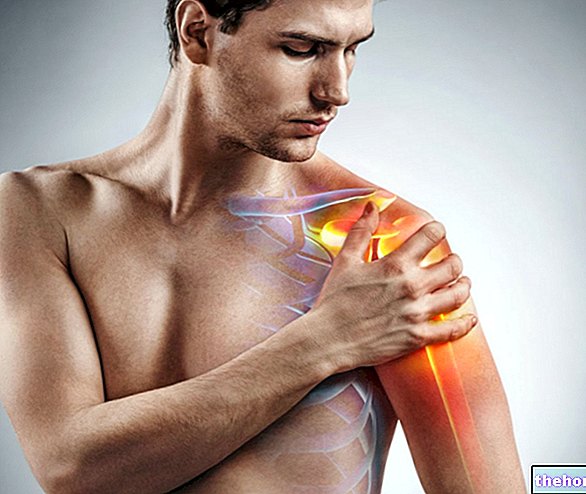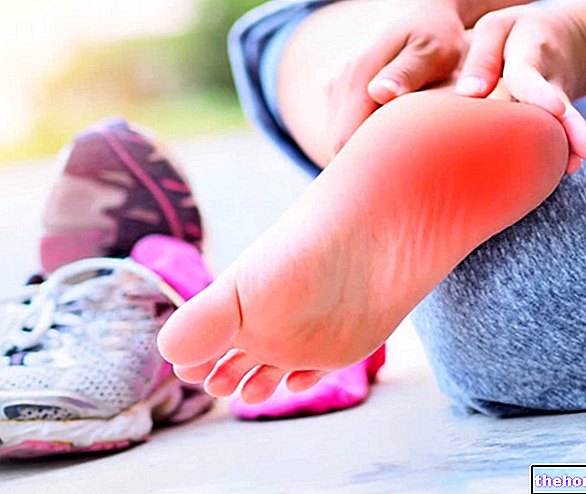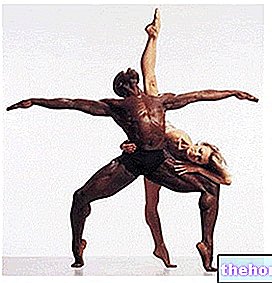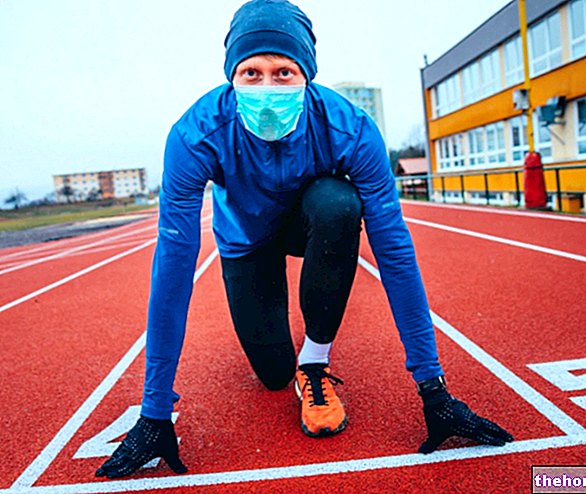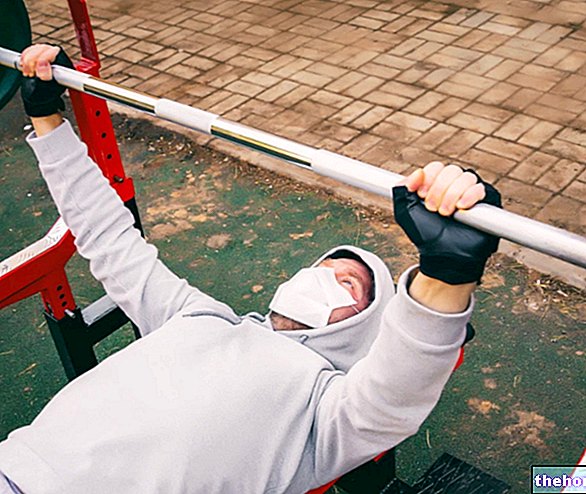Shoulder rehabilitation elements
The shoulder is the most mobile joint in the human body, but at the same time it is the one that has the least intrinsic stability due to the anatomical configuration of its osteo-articular components.
For this reason the myo-tendon, capsular and ligamentous parts are subjected to considerable functional overload.
The main problems are related to the pathologies of the rotator cuff (impingement) and the glenoid labrum (insertion of the long head of the biceps).
Shoulder recovery protocols
1) Postural study of the subject (the theory of kinetic chains says that the cause of a problem can be located far from the affected district).
2) Possible rearrangement and restoration of correct functional and myofascial mobility.
3) Eccentric self-elongation.
4) Compensatory strengthening of external rotators (lat machine, pull, pulley, daily routine with light weight and elastic bands).
Back rehabilitation elements
Volleyball is one of the sports most at risk with regard to the onset of low back pain, whether of a disc, muscular nature or resulting from spondylolysis.
These are often associated with sciatica pains that tend to increase with training, until they become highly disabling. It is therefore necessary that acute back pains are managed with the utmost care.
Especially in adolescent low back pain, heavy loads should be avoided, taking care of the posture and the executive technique of the athletic gesture.
Back recovery protocols
1) Postural study of the subject (flexor stiffness).
2) Limitation of overloads and study of executive techniques.
3) No exercises with torsion of the trunk (pay attention to lateral movements).
4) Athletic reconditioning in water.
5) Stretching, breathing exercises, abdominal toning.
Back recovery protocols
1) Standing, pelvis mobilization without bending the knees.
2) Stand with your legs half bent, hug your knees and bring your torso onto your legs.
3) On your knees, sitting on your heels, hug your knees and bring your torso onto your legs.
4) Lie on your back, bring your knees to your chest and extend your spine
5) Lie on your side, legs together and bent at 90 °, shoulder opening and torsion right and left torso.
6) Repeat es.5 with one leg extended and the other bent on one side
7) Lie on your back, bring your legs behind your head while resting on your shoulders.
8) Lie down on your hands, position of the cobra
9) In quadrupedal prone, spinal mobilization.
Knee rehabilitation elements
In volleyball there are both functional overload and traumatic injury pathologies.
The first group includes distal insertional tendinopathies of the extensor apparatus (jumper's knee in the area below and supratellea and on the tibial tuberosity) and cartilage inflammations (acute and chronic chondritis).
The second group includes all the outcomes of spraining trauma (ligament pain, medial or external meniscal rupture, total or partial anterior cruciate ligament injury).
Knee recovery protocols
1) Study of posture and means (footwear, training ground).
2) Cryotherapy and rest (limitation of jumps and overloads, avoid joint infiltration).
3) Stretching (quadriceps and flexors).
4) Closed kinetic chain isometry (maximum extension and last degrees).
5) Increase in angles and workloads (joint proprioceptors are better activated in exercises performed in an upright position with vertical load).
Ankle rehabilitation elements
Talking about ankle injuries means talking about sprains. These are more frequent in inversion and are divided into four different degrees of severity:
Grade 0: sprain without ligament injury.
Grade 1: rupture of the anterior peroneal talus.
Grade 2: rupture of the anterior fibular-talar, calcaneal and part of the capsule.
Grade 3: anterior peroneo-talar, calcaneal, talus-calcaneal rupture and large capsular lesion (surgical treatment only).
The aim of rehabilitation must first of all be to limit the onset of chronic post-traumatic instability.
Ankle recovery protocols
1) Immobilization and compression, ice, elevation of the limb, rest.
2) Recovery of joint mobility (also passive) with open chain exercises.
3) Proprioceptive re-education and recovery of localized muscle tone.
4) Postural study and techniques (correct plantar support).
Muscle rehabilitation elements
According to a simple classification, muscle injuries can be due to direct trauma (contusions) and indirect (elongation, distraction, tearing).
In elongations (contractures) there is onset of pain on the whole muscle in a phase subsequent to that of work (usually the day after).
In distractions (strains) there is an acute onset of pain. There is no muscle injury, but an increase in tone with painful streaks all over the muscle and a progressive inability to continue the activity.
In tears (1st-2nd-3rd degree) there is an acute onset of pain. There is a more or less extensive muscle lesion, there is immediate functional impotence and the gesture that generated the problem can be described.
Muscle recovery protocols
1) Recovery after injury is complete in contractures and strains, incomplete in the case of tears.
2) Postural study of the subject (control of district imbalances and insufficiencies). An overload of muscle tissue leads to injury with clinical symptoms which in turn lead to muscle imbalances and weakness.
This leads to new functional adaptations and further overload, therefore to a new probable injury to the same or other muscles.
3) Adequate stretching and warm-up.
4) Recovery of full functionality (tone, elasticity, specific coordination).
Bibliography:
Lorenzo Boscariol - Stage at Sisley Volley Treviso SPA.
Ferdinando De Giorgi - Programming, training, technique and tactics in high-level men's volleyball - Calzetti and Mariucci editori.
Other articles on "Physical and rehabilitative medicine in volleyball"
- Prevention and rehabilitation in the sports hall
- Strength, squats and leg extensions


